Only a generation ago, the United States was little more than a footnote in the story of wine. Then, seemingly overnight, everything changed. American varieties began outs coring their counterparts in inter national competitions at home and abroad. Today, American wines not only compete successfully with prestigious imports but set international standards for style and quality.

Hermann Wiemer, who makes what are arguably America's finest Rieslings and Gewurztraminers at his eponymous winery on Seneca Lake, in the Finger Lakes region of New York
An excerpt from his book:
“…famous but equally significant foreign-born vintner is Hermann Wiemer, who makes what are arguably America’s finest Rieslings and Gewurztraminers at his eponymous winery on Seneca Lake, in the Finger Lakes region of New York. Born in Bernkastel, on the Mosel, and trained at the Geisenheim school of viticulture, Wiemer came to the United States in 1968 to be the winemaker for Walter Taylor at Bully Hill. He almost immediately began investigating the possibility of making wine with vinifera rather than hybrid grapes. His father had run Germany’s largest nursery and supervised much of that country’s vineyard replanting after World War II, and the young immigrant followed in those footsteps-starting a nursery devoted to clones of vinifera varieties and experimenting with techniques for growing them. In 1979, he bought an abandoned soybean farm and began planting vines. Progress came slowly, but by the 1990s his wines displayed true class. As important as the wines themselves is Wiemer’s ever-growing nursery, which now supplies some 200,000 vines a year to wine makers and grape growers at home and abroad, including such prestigious California operations as Caymus and Kendall-Jackson. Back in 1908, U.P. Hedricks, then America’s leading viticulturist, predicted that eastern grape growers “may now succeed” with European grapes. It took much longer than he thought, but his prediction did come true. Nowhere is that truth more evident than at Hermann Wiemer’s nursery and winery on Seneca Lake, which sits about thirty miles away from the research station where Hedricks worked.”
“The foreign influence in the United States, much like the American influence abroad, brought the world of wine clos er together. Old World vintners learned a great deal from the Americans – about technology, about research, and about their own customers’ tastes and the emerging international style. At the same time, the Americans learned a great deal from the Europeans. They discovered that not every grape variety flourishes in every location; that excessive manipulation, particu larly heavy-handed filtration, robs wines of nuance and charm; and most important, that quality originates in the vireyard, not the winery. Grape growers everywhere began to pay more attention to their vineyards, viewing them less as the source of a raw product to be manufactured than as the spring from which any wine’s distinction and character flow. As a result, they began to fertilize less and to use fewer chemicals. Although many large volume producers continued to harvest huge crops and to treat their wines industrially, and although more than a few upscale producers became preoccupied with glossy labels and fancy packaging, quality on the whole improved. There simply were more good wines from more places available to consumers than ever before. This was obvious in the United States, especially in the big East Coast markets like New York and Washington, D.C, where wine shops stocked the best from every continent. It became clear elsewhere too. In England, a market traditionally dominated by French wines, a new generation of consumers discovered wines from Australia, South America, South Africa, and, yes, the United States. British wine consumption increased dramatically. In Japan and other Asian countries, markets with no previous interest in wine, consumers began to experiment with it, at first as a status symbol, but then, helped immeasurably by reports of red wine’s health benefits, as common practice. They too purchased wines from all over. The surging international interest in wine encouraged American producers to devote attention to these new markets, and in the 1990s exports increased 500 percent. American wine, long derided if not ignored abroad, had acquired new and deserved respect … “

